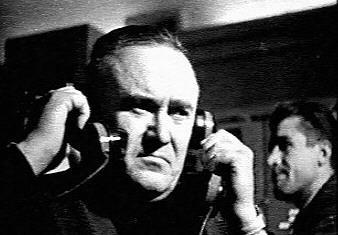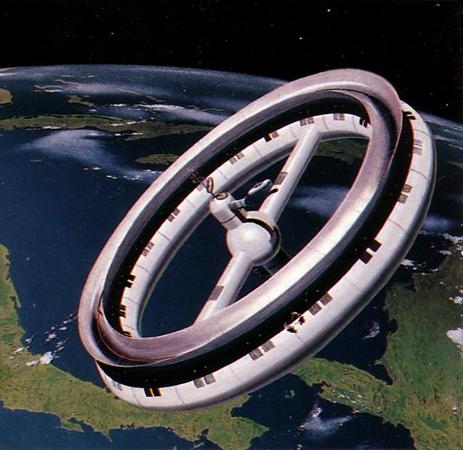
We choose to build space station!
SOVIETS ORBITS MAN AND RECOVERS HIM; SPACE PIONEER REPORTS: 'I FEEL WELL'; SENT MESSAGES WHILE CIRCLING EARTH
New York Times; 6 May 1961
U.S HURLS MAN 115 MILES INTO SPACE; SHEPARD WORKS CONTROLS IN CAPSULE, RADIO REPORTS IN 15-MINUTE FLIGHT
United States was a losing side in Space Race when Richard Milhous Nixon became president. Soviet Union, agrarian and poor country who recently lost 20% of its population beat U.S. in launching first artifcial satellite of Earth on 4th October 1957 (American Vanguard 1 was sent on 6th December), first animal in orbit (dog named Laika, 3rd November 1957), first lunar spacecraft and man-made object in heliocentric orbit (Luna 1; 2nd January 1959) and first impactor on Moon (Luna 2; 14th September 1959). Space program started by previous president Dwight David Eisenhower was in its infancy. NASA project number one was Mercury - suborbital flight into space while Soviets sent their men and women into orbit! On 12th April 1961 Yuri Gagarin reached space as first human and entered Low Earth Orbit. On 5 May Alan Shepard performed 15-minute flight into space and safely landed on the Earth becoming first American who was sent into space and returned safely. On 19 May 1961 Mariner-2 performed first successful planetary flyby on Venus sending to Earth results from scientific observations.
On 21 September 1961 President of the United States of America Richard Milhous Nixon publicly announced that until the end of decade there will be permanent American bridgehead (or settlement) in space: A Space Station. What the future brings to him and his ideas? It will be revealed in next episode of "A Nixonian Space Race". Don't regulate your receivers, stay with us.
Last edited:


